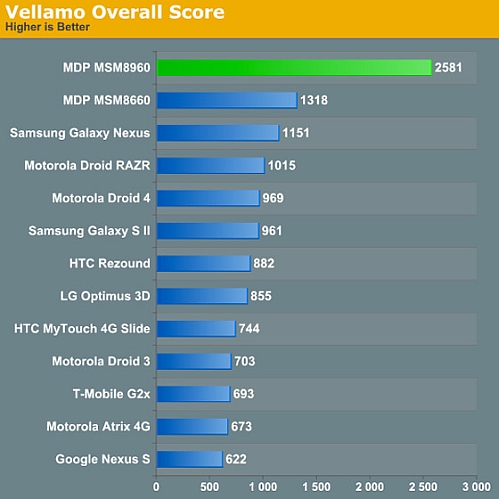
The US version of the device, solely available through AT&T, will instead feature Qualcomm's 1.50GHz dual-core Snapdragon S4 processor, a 28nm SoC featuring Adreno 225 graphics, improved ISP and Qualcomm's new baseband with support for nearly every air interface out there. No need to fear, however, as AnandTech's recent performance benchmark and analysis of the 28nm Qualcomm MSM8960 reveals performance scores that blow away all other current dual-core SoCs on the market (although performance versus new Cortex-A15 SoCs remains to be seen, of course).
Nevertheless, AT&T has opted for a hardware trade-off with its HTC One X. In exchange for a dual-core SoC, it is including an LTE radio for the US version of the device which will allow it to become one of the company's first flagship 4G LTE smartphones.
In other words, we can all expect heavy amounts of somewhat annoying "4G LTE" marketing when the AT&T HTC One X launches in the US within the next 60 days.
Published in
News
AT&T's HTC One X has a dual-core SoC, not quad
![]()
But it's a fast new 28nm Snapdragon S4
Following HTC's ridiculously overhyped announcement of its new One Series smartphone lineup, the company released hardware specifications for each model of the device on their respective wireless carriers. Based on the fine details, it appears that AT&T's version of the HTC One X will not feature the same Nvidia Tegra 3 quad-core (4-PLUS-1) processor that the other carriers will have.
Tagged under



